Best Restaurant Loyalty Programs Examples That Actually Work
Did you know that loyal customers spend 67% more than new ones?
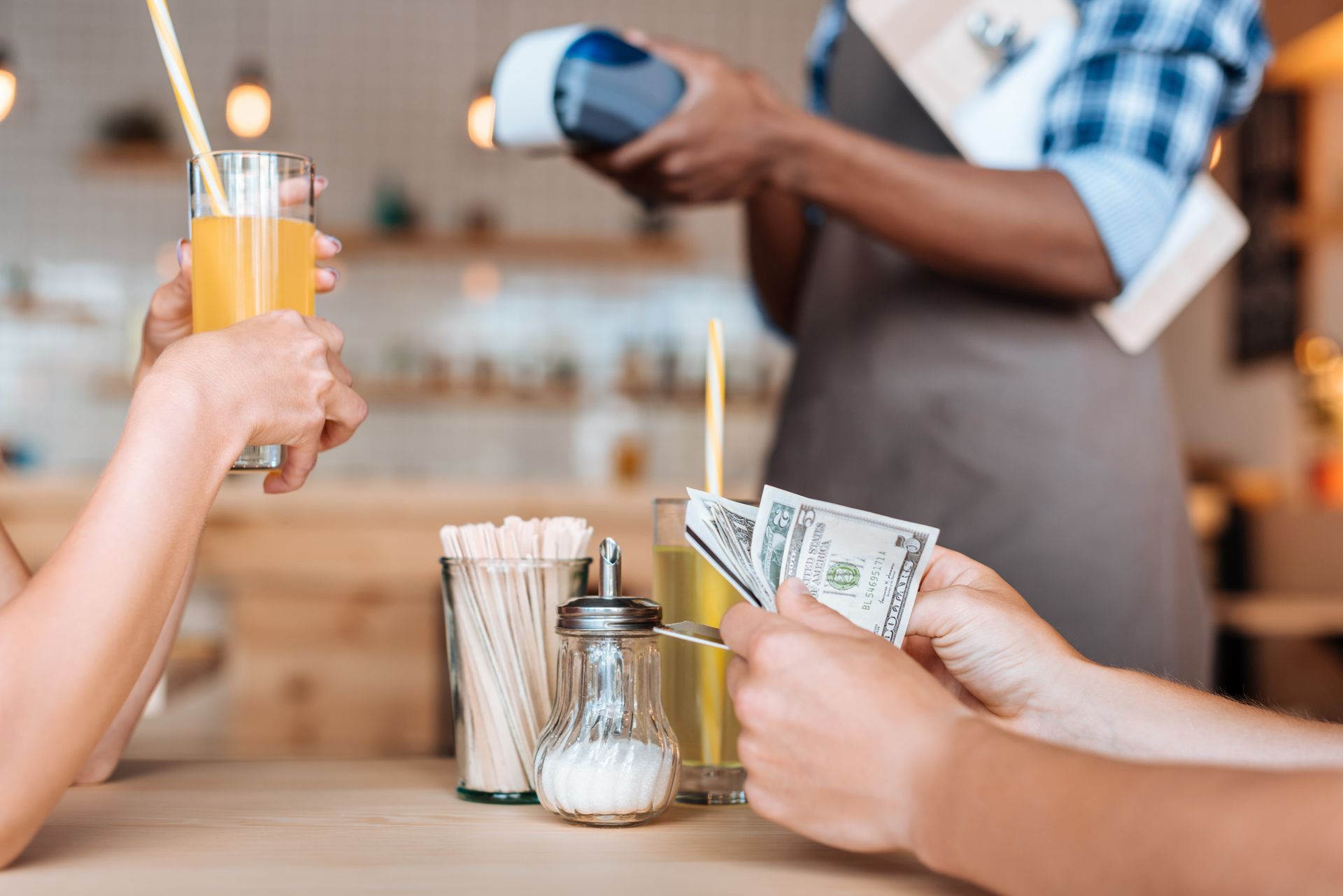
Yet, many restaurant owners believe the best way to boost profits is to chase new customers. Using tactics like food influencers, social media campaigns, and flashy promotions. And while attracting new diners isn’t a bad idea, it completely overlooks your biggest profit driver:
the customers who are already right in front of you.
Regulars are the most valuable asset. Instead of pouring all your energy into attracting new faces, it’s time to go back to the basics and nurture the people who already love your restaurant. And the best way to do that? A restaurant loyalty program.
Big players like Chick-fil-A, Starbucks, and McDonald’s have already cracked the code. Their loyalty programs aren’t just successful—they’re driving massive revenue. But here’s the good news: you don’t need to be a national chain to reap the benefits.
According to the Restaurant Association’s Restaurant Technology Landscape Report 2024, most customers don’t just sign up for one restaurant loyalty program—they join 3.6 on average. And when you break it down by generation, the numbers are even more fascinating: Gen Z adults lead the pack, belonging to an average of 4.4 programs, while millennials participate in 3.6, and Gen Xers in 3.9. Even baby boomers are getting in on the action, with an average of 3 loyalty memberships each.
What does this tell us?
Customers aren’t just interested in loyalty programs—they’re actively seeking them out. And with 52% of consumers already participating in loyalty programs at restaurants, coffee shops, snack places, or delis, the message is clear: loyalty programs work.
But you are probably wondering:
How do you create a loyalty program that actually works? And what can you learn from the big players?
Let’s dive into the best loyalty program examples, explore how they maximize profitability, and uncover actionable tips you can implement in your own restaurant—whether you run a quick-service restaurant (QSR) or a full-service dine-in establishment.
Why Loyalty Programs Are a Game-Changer for Restaurants
Loyalty programs aren’t just a trend—they’re a long-term strategy to build a loyal customer base. Here’s why they’re so effective:
- They Encourage Repeat Visits: Customers are more likely to return if they know they’re earning rewards.
- They Increase Customer Lifetime Value: Loyal customers spend more over time.
- They Provide Valuable Data: Loyalty programs give you insights into customer preferences and behavior.
- They Differentiate Your Brand: In a crowded market, a great loyalty program can set you apart.
But not all loyalty programs are created equal. The key is to design a program that’s simple, engaging, and rewarding. Let’s look at some of the best examples from big brands and see what makes them successful.
Lessons from Big Brands: Chick-fil-A, Starbucks, and McDonald’s
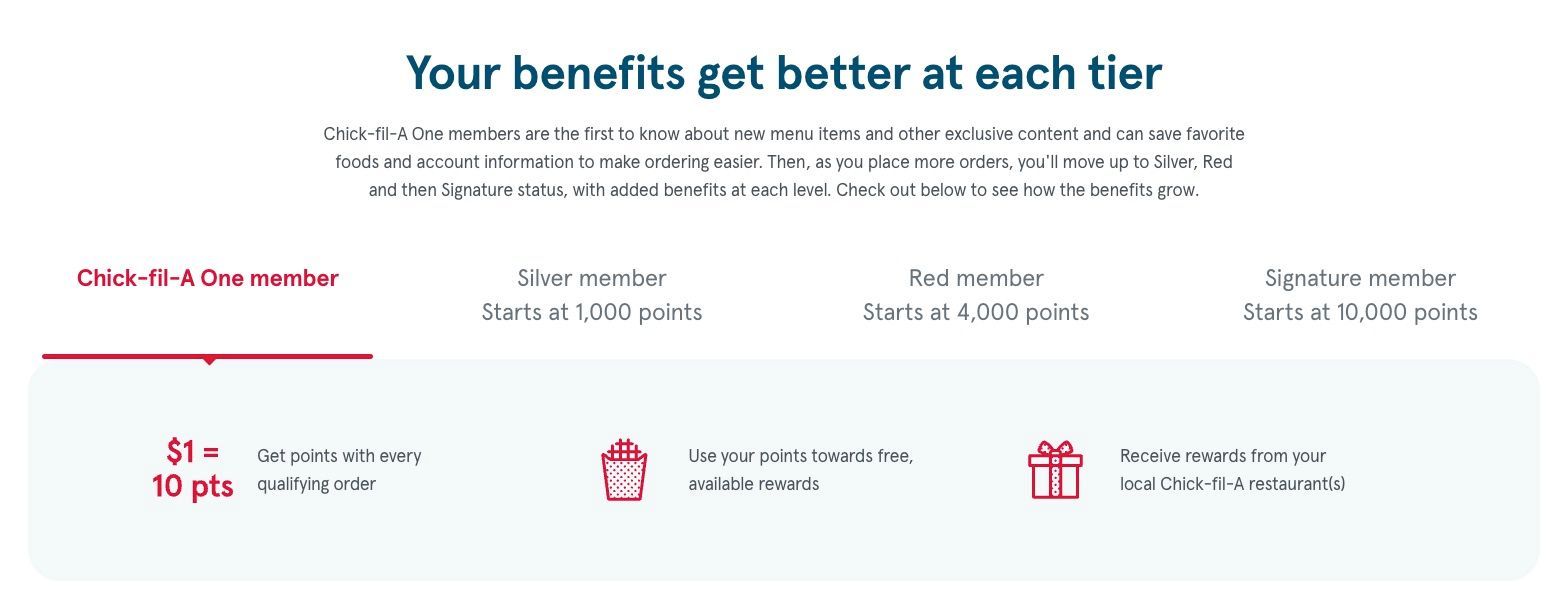
Chick-fil-A: Tiered Loyalty That Builds Community
Chick-fil-A’s loyalty program, Chick-fil-A One®, is a masterclass in customer engagement. Launched in 2016, the program now boasts over 50 million loyalty members. Here’s how it works:
- Tiered Membership: The program has four tiers—Member, Silver, Red, and Signature. Customers earn points with every purchase, and the more they spend, the higher their tier (and the more points they earn per dollar).
- Rewards That Matter: Members can redeem points for free food, birthday rewards, and even share rewards with family and friends.
- Seamless Experience: The app-based program makes it easy to earn and redeem points, whether ordering online or in-store.
Chick-fil-A’s loyalty program isn’t just about free food—it’s about creating a sense of belonging. According to the Market Force QSR Study 2024, Chick-fil-A now has the second-most loyal customers in the fast-food space.
Key Takeaway: A tiered loyalty program encourages customers to spend more to reach higher tiers, while exclusive rewards make them feel valued.
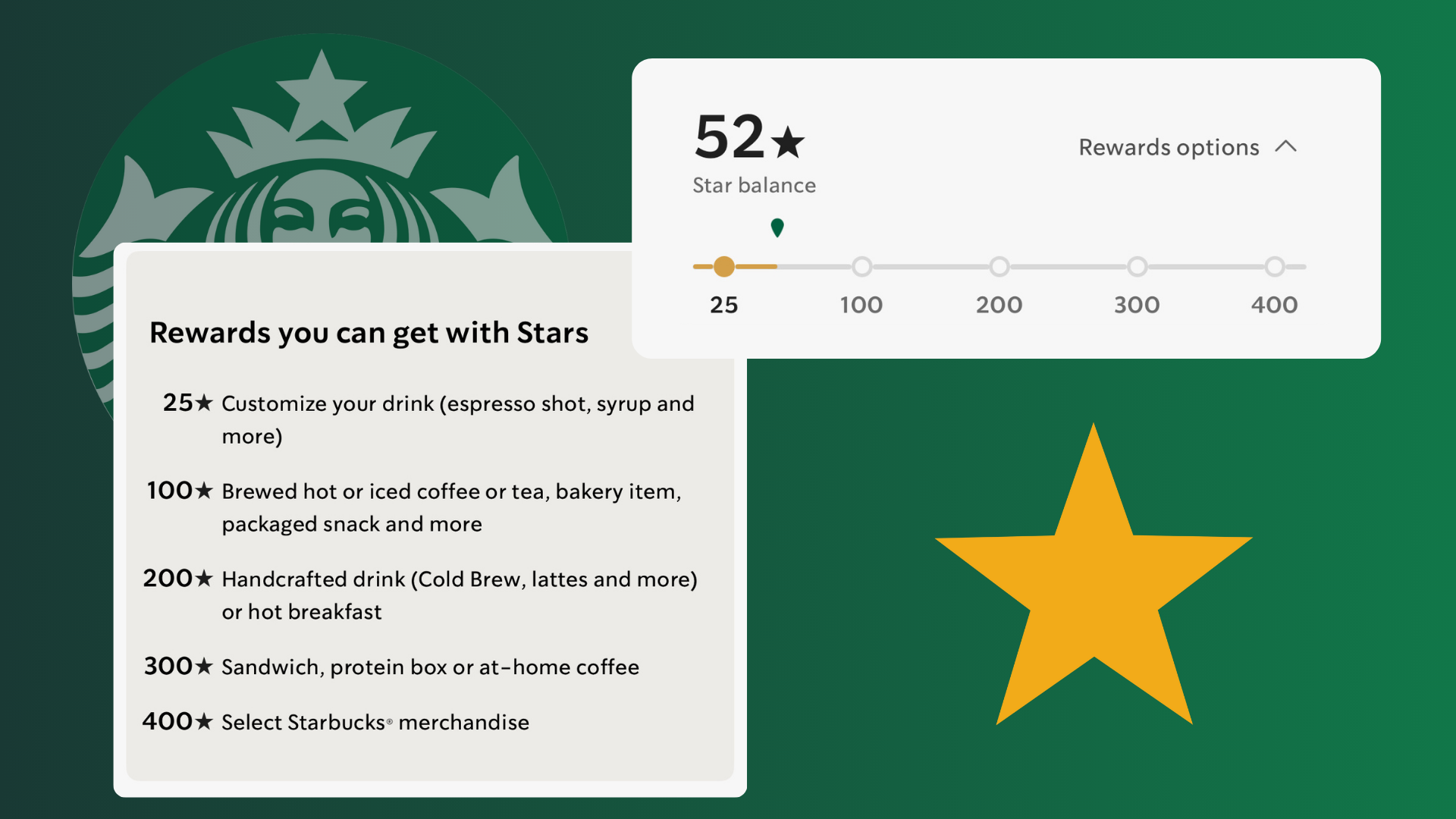
Starbucks: Driving Revenue Through Gamification
Starbucks Rewards is another standout example. In 2022, loyalty members drove 55% of the company’s U.S. operating revenue. Here’s what makes it so effective:
- Gamification: The program uses a points-based system (stars) to incentivize purchases. Customers earn stars for every dollar spent, which can be redeemed for free drinks and food.
- Personalization: The app sends push notifications to remind customers of their progress and offer personalized rewards.
- Convenience: Members can preload money onto a digital Starbucks Card for easy in-store and mobile ordering.
Starbucks has mastered the art of making their loyalty program feel like a game. The structured nature of rewards keeps customers coming back to earn more stars.
Key Takeaway: Gamification and personalization are powerful tools to keep customers engaged and coming back for more.

McDonald’s: Simplicity and Accessibility
McDonald’s loyalty program, MyMcDonald’s Rewards, is all about simplicity. Customers earn points for every dollar spent, which can be redeemed for free menu items. The program is integrated into the McDonald’s app, making it easy to use.
- Clear Progress Bars: Customers can see exactly how close they are to their next reward.
- Exclusive Offers: The app offers exclusive discounts and promotions to loyalty members.
- Free Start Points: New members get bonus points just for signing up.
McDonald’s proves that a loyalty program doesn’t have to be complicated to be effective.
Key Takeaway:
Keep your loyalty program simple and accessible. Clear progress bars and exclusive offers can make a big difference.
What About Full-Service Dine-In Restaurants?
While Chick-fil-A, Starbucks, and McDonald’s are QSR giants, loyalty programs aren’t just for fast food. Full-service dine-in restaurants can also benefit from a well-designed loyalty program.
Here’s how:
- Point-Based Programs: Reward customers with points for every dollar spent. For example, 10 points per $1, with rewards like free appetizers or desserts.
- Tier-Based Programs: Encourage higher spending by offering exclusive perks for top-tier members, such as free drinks or priority reservations.
- Item-Based Rewards: Offer free menu items after a certain number of visits (e.g., “Buy 5 entrees, get 1 free”).
- Stamp-Based Programs: Give customers a digital or physical stamp for each visit, with a free reward after a set number of stamps.
- Online Rewards: Encourage customers to place orders through your website or app by offering exclusive discounts, like 10% off their first online order.
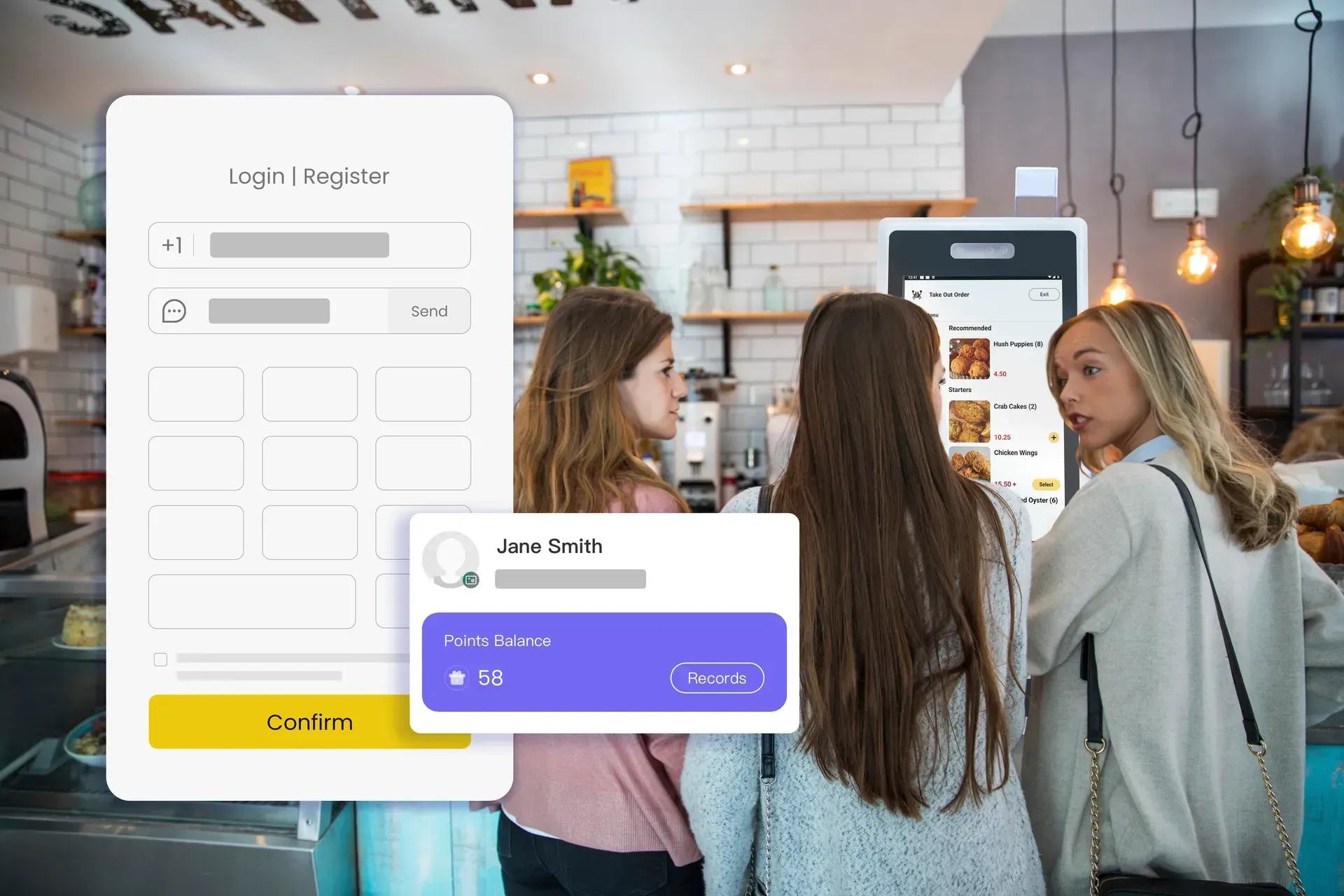
A Loyalty Program for Every Touchpoint
One of the biggest challenges for independent restaurants isn’t just building a loyalty program—it’s creating one that’s tailored to your unique needs while being flexible enough to work across every customer touchpoint. Whether your customers are dining in, ordering takeout, or placing an online order, your loyalty program should seamlessly integrate into their experience.
But here’s the catch: not every independent restaurant has the funds to build their own custom app or invest in expensive technology. That’s where ZBS POS comes in.
ZBS POS offers a
loyalty program solution that delivers the same powerful features as the big brands—without breaking the bank. With ZBS, you can create a program that’s uniquely yours, flexible to your restaurant’s needs, and accessible to your customers no matter how they choose to order.
Here’s why ZBS POS stands out:
- Flexible Rewards: Tailor point-based loyalty programs to suit your restaurant’s style. Whether you want to reward customers for every dollar spent or every visit, ZBS POS gives you the flexibility to design a program that works for you.
- Personalized Engagement: With ZBS POS, you can send personalized offers and notifications through SMS marketing, keeping your customers engaged and coming back for more. Imagine sending a special discount on a customer’s birthday or a reminder about their unused rewards points—it’s all possible with ZBS.
- Affordable and Accessible: Unlike big brands that spend millions on custom apps and complex systems, ZBS POS makes it affordable for independent restaurants to build a loyalty program that works. You get all the features of a high-end program—flexible rewards, personalized engagement, and seamless integration—without the hefty price tag.
- Make It Yours: The best part? ZBS POS lets you create a loyalty program that feels uniquely yours. Whether you’re a cozy neighborhood café or a bustling full-service restaurant, you can tailor the program to reflect your brand and connect with your customers in a meaningful way.
With ZBS POS, you don’t just get a loyalty program—you get a customizable, cost-effective solution that helps you build long-term relationships with your customers. It’s the same powerful features the big brands use, but designed for independent restaurants like yours.
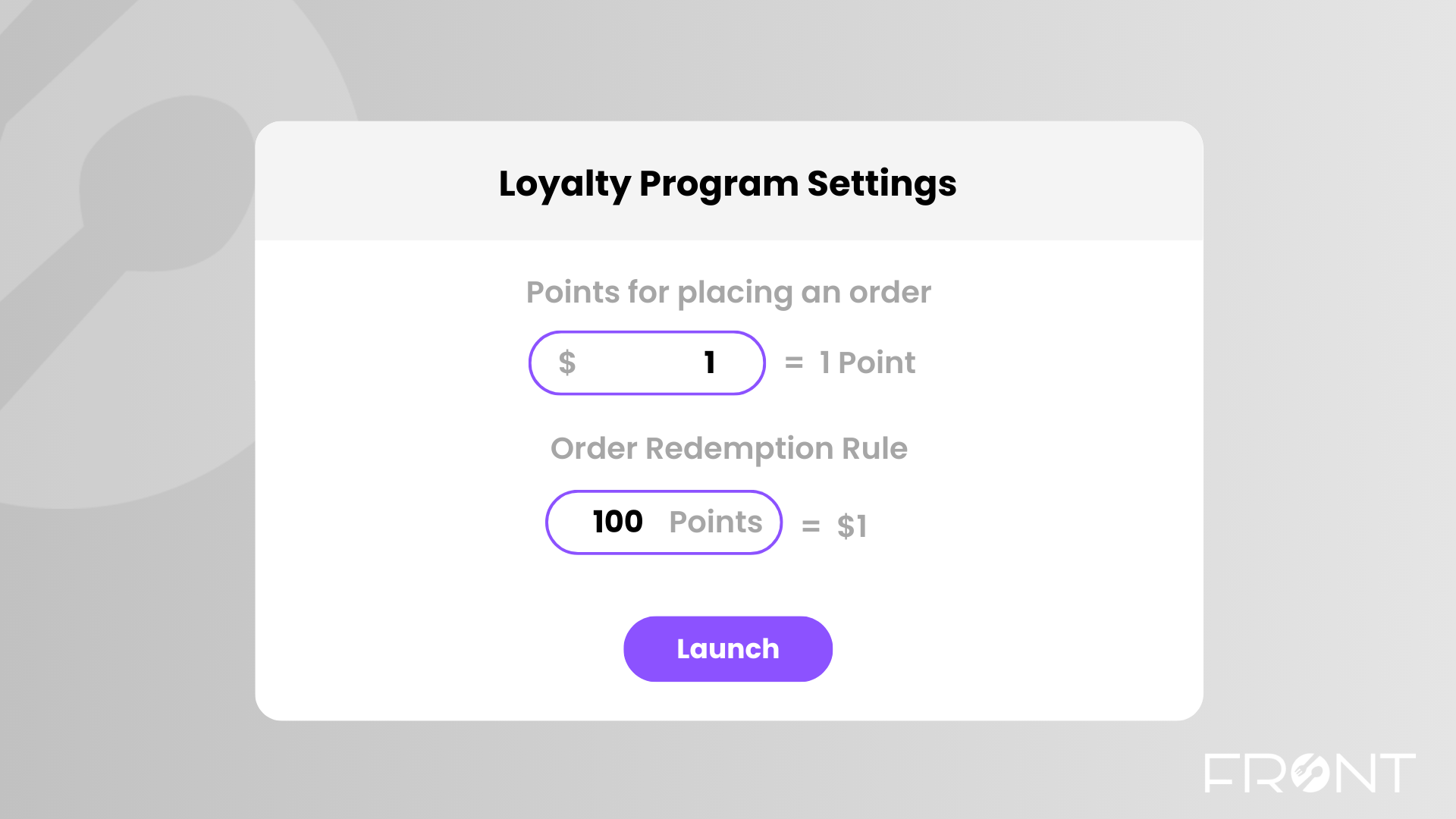
How to Maximize the Profitability of Your Loyalty Program
Creating a loyalty program is just the first step. To maximize its profitability, you need to focus on engagement and value. Here are some tips:
- Offer Unique Rewards: Go beyond free food. Offer exclusive experiences, like chef’s table dinners or cooking classes.
- Use Gamification: Create challenges or milestones to keep customers engaged.
- Leverage Data: Use customer data to personalize offers and promotions.
- Encourage App Usage: Offer bonus points or exclusive rewards for ordering through your app or website.
- Keep It Simple: Make it easy for customers to understand and use your program.
Loyalty Programs Are Worth the Investment
Loyalty programs are more than just a marketing tactic—they’re a way to build long-term relationships with your customers. By learning from successful brands like Chick-fil-A, Starbucks, and McDonald’s, you can create a program that drives repeat visits, increases customer lifetime value, and sets your restaurant apart.
Whether you run a quick-service restaurant or a full-service dine-in establishment, the key is to keep your program simple, engaging, and rewarding. With tools like
ZBS POS, you don’t need to spend millions to create a loyalty program that works.
So, what are you waiting for? Start building your restaurant loyalty program today and watch your customer base—and your profits—grow!
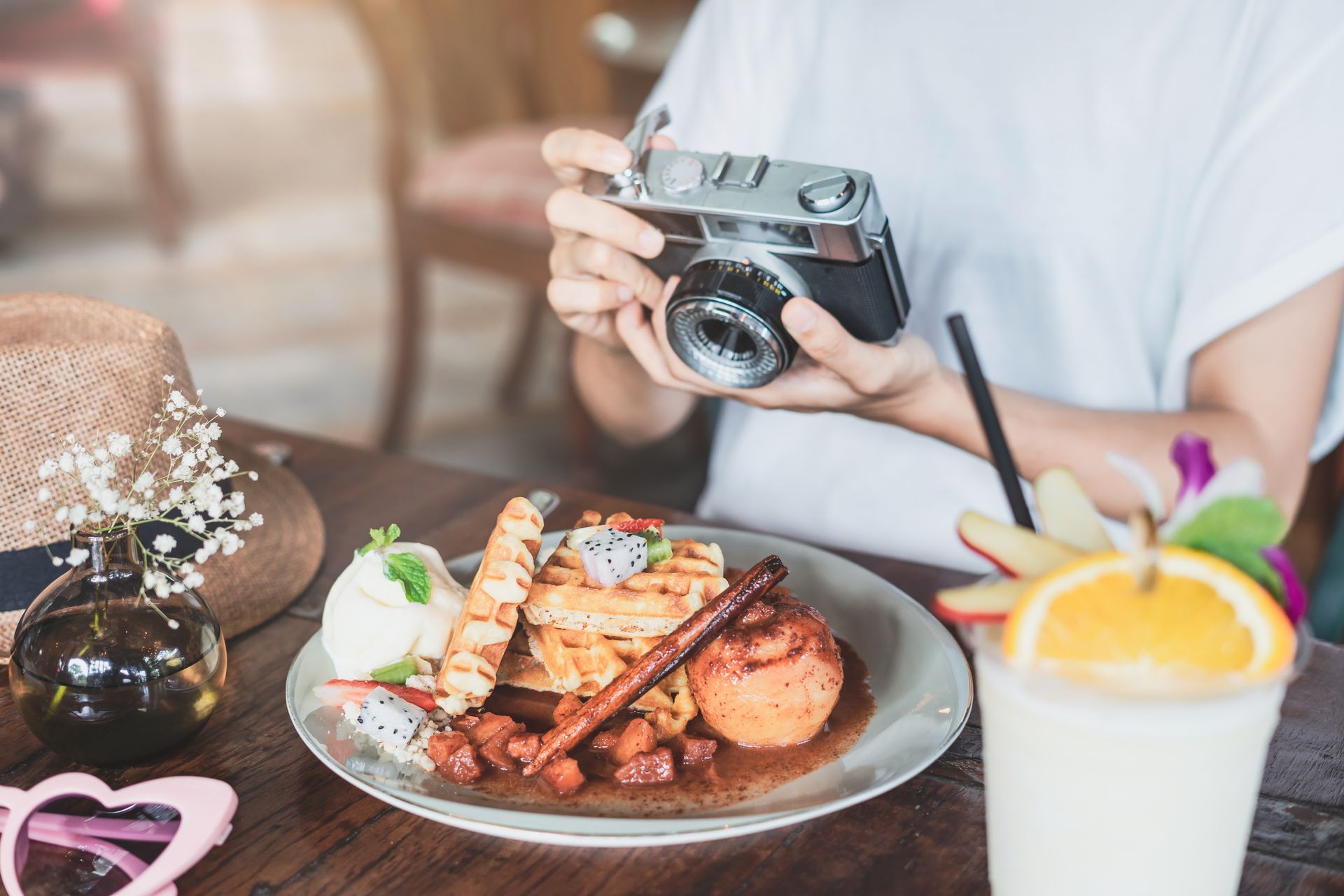


For Customers
Solutions
Products & Services
Connect
(702)955-7174
info@zbspos.com
Headquarters
2845 Clearview Pl
Atlanta, GA 30340
Other Office Locations
Altanta | Orlando | New York | San Francisco | Houston | Dallas | New Orleans
All Rights Reserved | ZBS POS


